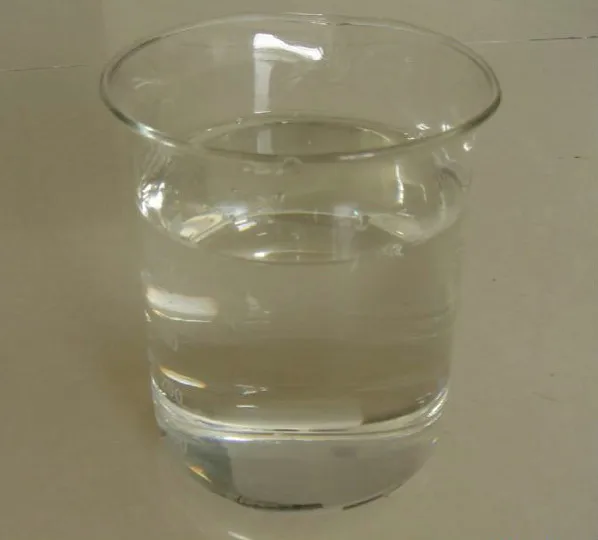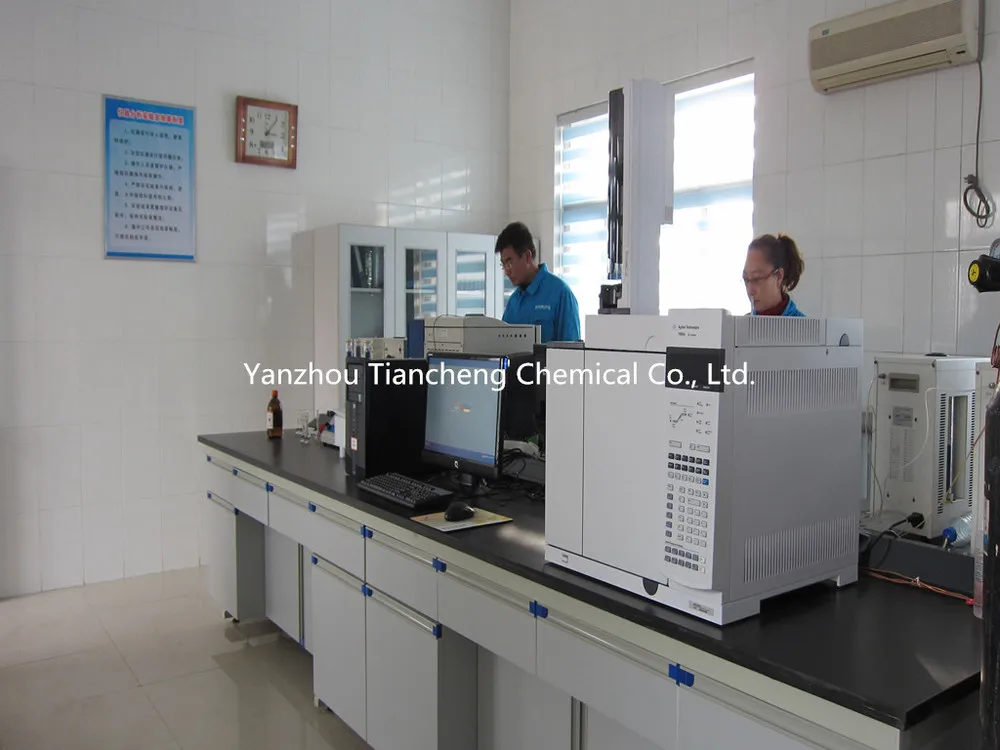The event was sponsored by the National Science Foundation and created more knowledgeable jobs for Birmingham through the University of Alabama startup and its by-product companies. The grant was mainly sponsored by a synthetic diamond research project – an innovative development of chemical vapor deposited diamond crystals and nanodiamond coatings.
The University of Alabama and the Birmingham Alliance work with Almax Labs, Onyx Optics and Vista Engineering to develop a new diamond sensor that can work in very extreme environments, such as drilling for deep gas and oil or space. Development, etc.; new diamond laser media for industrial and medical laser applications and next-generation diamond-coated biomedical implants will be created, twice the life of existing implants.
Steven Ceulemans, deputy director of technology innovation at the Birmingham Alliance, said: "This funding is a good example of a collaborative effort between academic, industrial and economic development groups to improve competitiveness." "Therefore, we will also It will create more high-quality synthetic diamonds for the market, thus changing the lives of the people of the world. This has also promoted the development of the regional economy to some extent, providing high-quality jobs for Alabama."
This is just one of the 17 collaborative innovation projects this year, and it is the first time Alabama has received such funding. (Excerpt from "UAB and BBA to receive grant supporting synthetic diamond research", translator: Ma Yanping)
I. Introduction
Cationic Fixing Agent is polyelectrolyte, consists of a series of organic synthesis with low molecular weight and strong cationic, which is generally 100% cationic. Product character is aqueous solution.
II. Performance Indicators:
1. Appearance: colorless to pale yellow viscous liquid
2. Solid content: ≥ 50%
3. PH: 2 ~ 6
4. Viscosity: 50 ~ 200 mpa.s

III. Application Field
Used in paper pulp as a cationic fixing agent. Usually the slurry contains colloidal particles consisted of fiber materials, additives and water, which are with anionic charge and interfere the papermaking process, so it is also known as anionic trash; the interference is mainly in the following aspects:
1. Influence wet chemical additives` normal function, especially for cationic retention and drainage aids, sizing agent; or cause to increase the amount of wet chemical additives;
2. Deposits in the paper machine system; interfere the efficient papermaking process.
3. COD discharge of sewage systems, increasing the load on the sewage treatment plant. Recommended for use in mechanical pulp, chemi-mechanical pulp, and secondary fiber pulp slurry and coating waste stuff. Anionic trash neutralized by fixing agent can be bonded to the fibers so as to be taken away by paper sheets.

IV. Methods of Application
Adding methods: excellent water-solubility; can spread out in water instantly. Dosing pump is generally used to drive it into a static mixer or a mixing pump , mixed with water, diluted to about 0.2% of the dissolved solution, and then into the slurry system.
Adding point: the general adding point is in the front of flow system, that is, before the machine chest or fan pump; or add in the pulp plant. Which is taken into consideration for the reaction time of the cationic fixing agent polymer molecules and garbage, also need to time and space for other wet end additives. According to the slurry source, sometimes you need to select two or more points to add. When the slurry contains a source of coated broke, generally requires additional anionic trash Fixative in the transport of the paper sheet.
Adding dosage: anionic trash content in the slurry is usually gauged by the cationic charge contents measured by PCD (particle charge analyzer) in the slurry. The measure will directly show the dosage tips, but the real dosage depends on the practical application. For general slurry, the recommend amount is in the range of 0.3kg ~1.8kg/t dry pulp.
V. Safe Operation
1. Cationic fixing agent is a water-soluble polymer, dissolved in water in a highly slippery state and avoid to spill on the floor. If spill, shall timely absorb with sand, sawdust.
2. Wear gloves, wear overalls to operate.
VI. Storage
The product should be kept sealed, stored in cool, dry, ventilated places, and appropriate temperature should be 10-30 ℃.
VII. Package
200 kg plastic drums or 1000 kg PE IBC drum.
Fixing Agent
Fixing Agent,Fixer,Anionic Trash Catcher,Charge Neutralizer
Shandong Tiancheng Chemical Co., Ltd. , http://www.akdchemical.nl